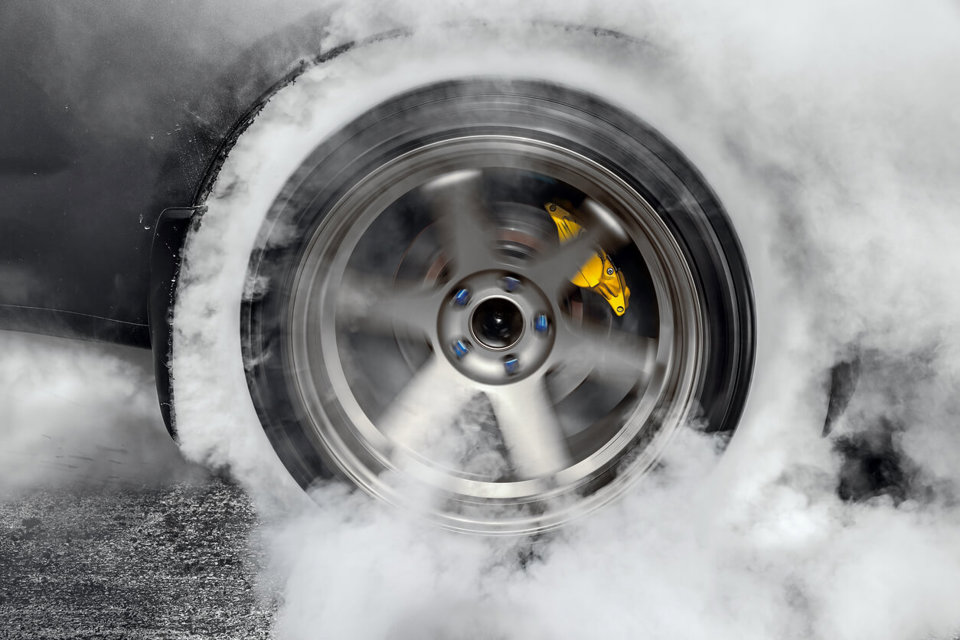Changing tyres is dangerous, particularly on busy roads. With corporate responsibility weighing ever more heavily on the shoulders of businesses, the safety of employees is paramount, and kneeling at the side of the road and heaving around tyres is not the best approach to employee safety.
There is a considerable risk of being hit by passing traffic. Road safety experts warn that you are seven times more likely to be hit if you stay in the vehicle than if you get out of the car and go up the bank.
Two-thirds of accidents on the hard shoulder involve the parked vehicle being hit, with just 10% involving pedestrians.
There is also the concern that an unqualified amateur might not be as proficient at changing a wheel as he or she would like to think.
How many drivers know just how tight wheel nuts must be? How many know how to safely jack up a car?
Do it yourself, or wait for help?
Not all fleets wish their drivers to change tyres themselves.
One leading fleet manager said: “We advise drivers not to change their own tyres but to call out the proper people to do it for them.”
However, most fleets admit that they rely on drivers to comply with the advice and it’s hardly surprising that a hard-nosed salesman is hardly going to feel good about ringing up the breakdown services for help when things go wrong.
Speak to most company car drivers and many of them will laugh at the idea of waiting for expert fitters. One said he was aware of policies that dissuaded drivers from changing tyres themselves, but would rather take a risk and change a flat than lose time waiting for someone to arrive to repair it.
Another said: “I’ve been driving for 20 years and I know how to change a tyre. Why should I stand at the side of the road waiting two hours for a bloke to do a job that I’m perfectly comfortable doing in just a few minutes?”
Audit trail
It is impossible to protect drivers from themselves, but what you must do is prove that they made the choice to put themselves in dangers willingly, despite the clear offer of help from the company.
You must have proof that a tyre changing service was available and that they had read a company policy stating that employees should not change tyres themselves for health and safety reasons.
Explain to the driver that they will be unlikely to secure a safe working environment whereas the breakdown assistant will normally cone off the area, or ask for the assistance of the police or a Highways Agency traffic officer where need, using flashing lights and beacons.
The driver will probably be inexperienced in dealing with traffic, tooling, jacking and tyre handling.
Experts encourage fleets to advise drivers on how to safely change a wheel just in case, but provide the clear offer of a back-up service as well.














Login to comment
Comments
No comments have been made yet.